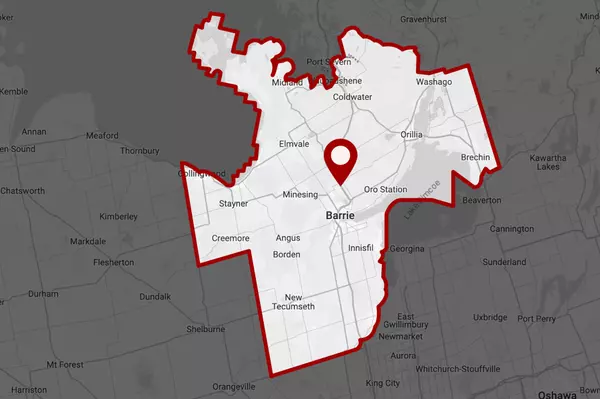Mastering the Garden: Tips for Year-Round Harvests and Flavorful Herbs

In the realm of gardening, strategic planning is key to success, especially when it comes to maximizing space and resources. The following tips delve into the art of garden location planning, container gardening, raised beds, soil preparation, sunlight and watering considerations, as well as optimal plant placement. These insights serve as invaluable guidelines for novice and seasoned gardeners alike, offering practical advice to create impressive vegetable gardens.
Gardening Guidelines:
Begin with a Small Plot: Starting with a plot size is wise. This allows for better management of the consistent care required from planting seeds to harvesting crops. As you gain experience, you can gradually expand your garden according to your level of commitment and the time you have available.
Prepare the Soil Thoroughly: Prioritizing soil quality is essential before planting. Utilize well-draining soil that retains moisture effectively. For containers, opt for a good potting mix, and for raised beds, consider adding compost to enrich soil structure and nutrient levels.
Consider Raised Beds Wisely: When selecting plants for raised beds, consider the available space carefully. Some plants, such as tomatoes and cucumbers, tend to spread out, while others, like leafy greens, stay more compact.
Embrace Container Gardening: Container gardening offers great flexibility. Opt for compact varieties of vegetables like tomatoes, peppers, and cucumbers, which are well-suited for containers. Ensure your pots provide enough space, especially for the roots to grow properly.
Choose the Right Location and Spacing: Before setting up your garden, observe the sunlight patterns in the area. Plan the placement of your plants carefully to maximize sunlight exposure and prevent overcrowding, which can lead to reduced sunlight and increased susceptibility to diseases.
Manage Sunlight and Watering: Most vegetables thrive in full sun but require careful attention to avoid diseases. Monitor watering closely, aiming for about an inch of water per week. Ensure the soil remains consistently moist but not waterlogged. Utilize rain gauges and watering techniques that target the plant roots to minimize the risk of fungal issues, particularly with tomatoes.
Herb Gardening Tips:
Transform your backyard into a flavorful haven by cultivating herbs right at your doorstep. Whether you're a culinary enthusiast or simply enjoy the fragrance of fresh herbs, growing them in your backyard offers convenience and satisfaction.
- Choose a sunny spot with well-draining soil.
- Consider raised beds or containers for better soil control.
- Mind each herb's sunlight, water, and spacing needs.
- Regularly harvest herbs for bushier growth.
- Companion planting with herbs can repel pests and attract beneficial insects.
Successful gardening requires thoughtful planning and consistent care throughout the growing season. Starting with a small garden plot allows for better management and gradual expansion as you gain experience. Container gardening offers flexibility, especially for those with limited space, while raised beds provide opportunities for efficient plant selection and soil management. Prioritizing soil quality, sunlight exposure, and proper watering are essential for healthy plant growth and disease prevention. By selecting the right location, spacing plants strategically, and implementing effective gardening techniques, you can create a thriving garden that produces abundant harvests year after year.
Categories
Recent Posts











